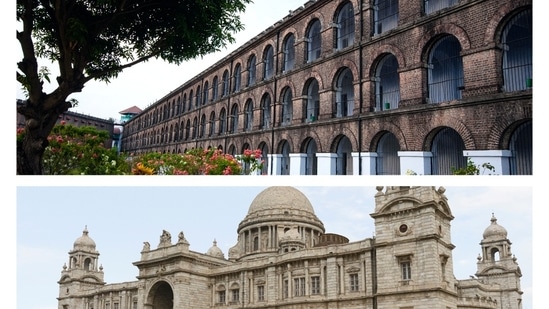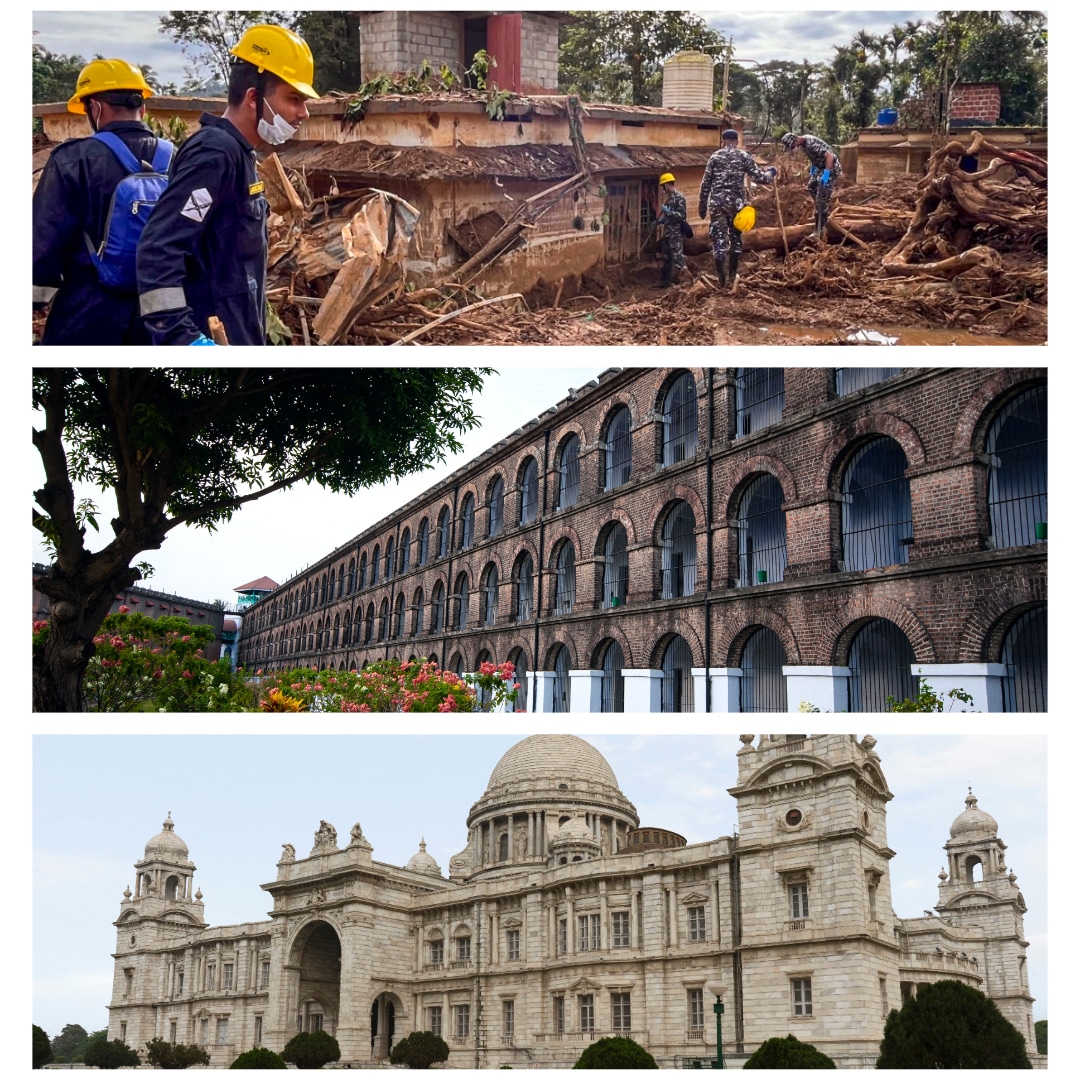Dark tourism (also thanatourism, black tourism, morbid tourism, or grief tourism) has been defined as tourism involving travel to places historically associated with death and tragedy. Seen as a niche curiosity, it has now become a troubling trend. Amid the ongoing rescue efforts in Wayanad, Kerala, after the devastating landslides, the Kerala Police has urged tourists against ‘dark tourism’ and to avoid visiting the area as it could hinder rescue operations.

War-torn places or monuments that symbolise a dark period in history draw crowds in hordes. While dark tourism is not mainstream, the practice to travel for the thrill (or even fear) of visiting such spots is quite common. Travelling to sites connected to important historical events is becoming popular as travellers seek to connect with and understand the past. Rajeev Kale, President and Country Head, Holidays, MICE, Thomas Cook (India) Limited says, “This trend reflects a deep curiosity and desire to explore the rich and intricate stories of human history. In India, landmarks such as the Cellular Jail in the Andaman Islands, Jallianwala Bagh in Amritsar and the Victoria Memorial in Kolkata offer deep insights into the country’s heritage.”
The Cellular Jail with its remarkable history of resilience and Jallianwala Bagh known for its historical significance, provide a meaningful connection to India’s journey and resilience. The Victoria Memorial, with its architectural elegance, highlights India’s historical period.
But why are tourists attracted to such places? Shimoni Kothari, Travel advisor and Founder, Paper Planes Travel Company, says, “Tragedies like war, influence a nation’s culture and when visiting a new country, most tourists will want to visit these places to get a sense of its history. Also, dark tourism speaks to the human psyche. While we may even sympathise with the people who dealt with the tragedy, there is a certain thrill or excitement that we have in personalising the tragedy or place of interest, without actually being involved.”
Internationally, the Colosseum in Rome, an architectural marvel, also draws crowds because of its grim history of hosting many bloody gladiator fights that were vicious, cruel battles. The concentration camps of World War II (Aushwitz and others) are still frequented and people are fascinated and repelled (sometimes in equal parts) as to the horrors of that war.
One of the most important reasons for people to visit these places is also from an educational point of view and to pay homage by witnessing the symbols of the tragedy, believes Kothari.
The dark side of dark tourism
Any tragedy that has destroyed people’s lives, who are still reeling from the aftermath, deserve some time and respect. Kothari says, “It would be considered highly inappropriate to try and make light of their tragedy by adding the site of their pain as a bucket list item, tourists taking photos without caring for the victims and what they need at the time. Using people’s tragedies as a form of entertainment is quite uncouth. The recent Kerala landslides are a case in point where the police had to ask tourists to stay away from the area as people are still building their lives back up.”
It is a good idea to stay away from sites that have had recent natural disasters or that have had chemical leaks, etc. One should go at it respectfully with an educational perspective, provoking thought as to why peace is so important or how we can safeguard disaster-prone areas.
Social media’s role in dark tourism
Playing a tool for people to showcase their visits to these sites, social media, on one hand builds curiosity for the place or event and on the other hand, gives them an opportunity to convey sympathy or their thrill with personalising important events in history. Kothari shares, “Media as a whole creates interest in places that may have been ignored in the past. The TV show Chernobyl is a good example as it was largely ignored until the series came out and now there are guided tours to visit the place. Somewhere social media normalises the human fascination with tragedy, further giving impetus to dark tourism.”


